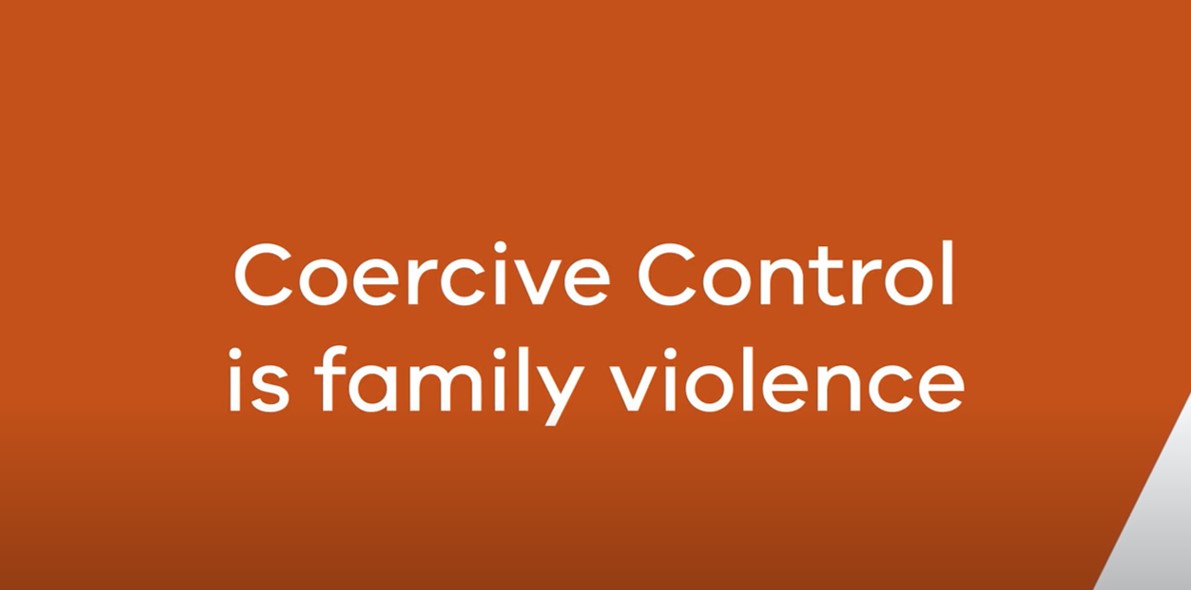Family Violence is…
Family violence is behaviour that controls or dominates a family member and causes them to fear for their own or another person’s safety or wellbeing.
It includes exposing a child to these behaviours, as well as their effects and impacts. Family violence presents across a spectrum of risk, ranging from subtle exploitation of power imbalances, through to escalating patterns of abuse over time.
Family violence is deeply gendered. While people of all genders can be perpetrators or victim survivors of family violence, overwhelmingly, perpetrators are men, who largely perpetrate violence against women (who are their current or former partner) and children.
However, family violence can occur in a range of ways across different relationship types and communities.
Family Violence and the Law
The Family Violence Protection Act 2008 defines family violence as behaviour by a person towards a family member or person that is:
- physically or sexually abusive
- emotionally or psychologically abusive
- economically abusive
- threatening
- coercive
- in any other way controls or dominates the family member and causes that family member to feel fear for the safety or wellbeing of that family member or another person.
It also includes behaviour by a person that causes a child to hear or witness, or otherwise be exposed to the effects of behaviour referred to in these ways.
Source: MARAM Practice Guides – Working with Adult People Using Violence p.22
People experiencing violence and Victoria Police can choose to charge individuals with a range of crimes related to family violence.



